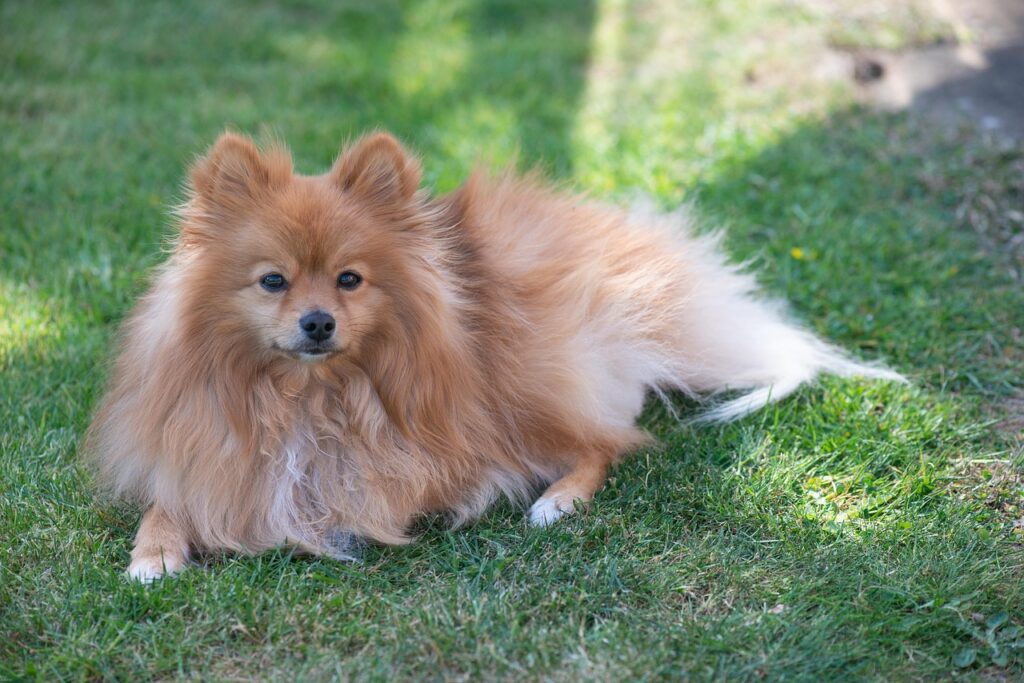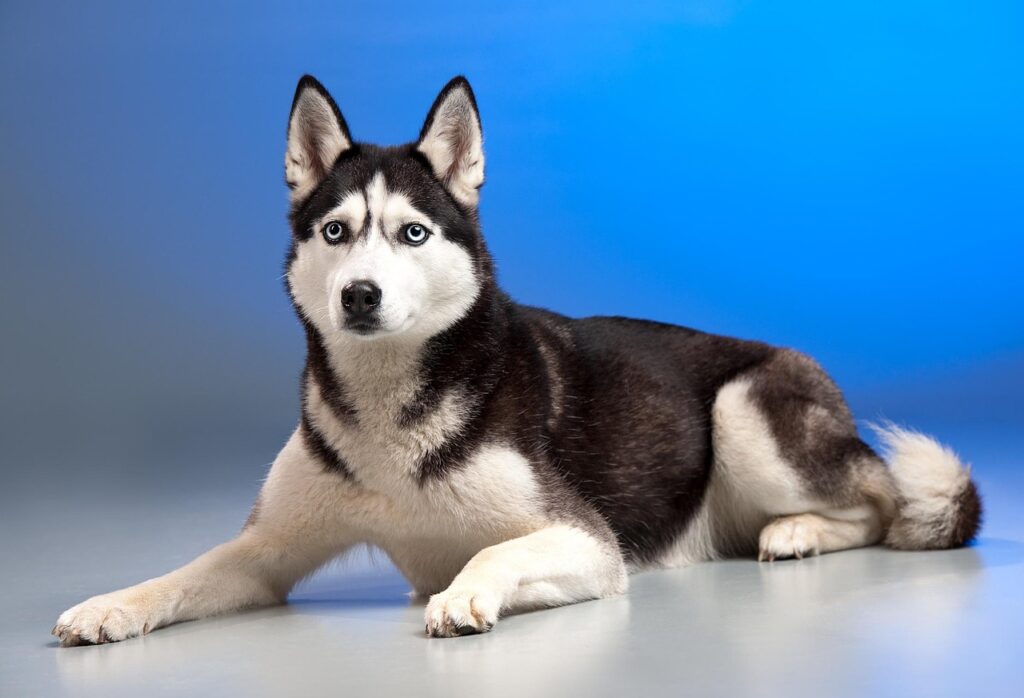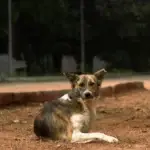1. Introduction to Dog Breeds in India
1.1 The Importance of Dogs in Indian Culture
Dogs have long been a part of Indian households, serving not just as pets but also as friends, guards, and companions. They hold a special place in our heart and culture. From mythological references to their symbolic presence in various rituals, dogs are often regarded as loyal protectors. It’s no wonder that across cities and villages, you see dogs of various breeds, both native and imported, living alongside us.
1.2 Factors Influencing Dog Breed Popularity
When it comes to the popularity of dog breeds, several factors play a role. These include lifestyle, living space, temperament, and climate. In urban areas, smaller and more adaptable breeds tend to be favored, while larger breeds are often seen in spacious homes or farms. Additionally, cultural preferences and awareness regarding specific breeds can heavily influence choices.
1.3 Overview of Common Traits in Indian Dog Breeds
Indian dog breeds typically display certain common traits such as resilience to the climate, a good sense of independence, and strong guarding instincts. They are often low-maintenance and highly adaptable, making them excellent companions for various living situations.
2. The Native Indian Dog Breeds
2.1 The Indian Pariah Dog
- Characteristics and Temperament: Known for their intelligence and adaptability, the Indian Pariah Dog has a lean, athletic build with a short coat. Their temperament is friendly yet protective, making them a fantastic companion.
- Historical Significance: This breed is one of the oldest in India and is believed to descend from ancient wild dogs. It has been living harmoniously with humans for thousands of years.
- Adoption and Care: Adopting an Indian Pariah is often easy as they are readily available in many shelters. They require minimal grooming and thrive on natural foods, making them cost-effective and resilient companions.
2.2 The Rajapalayam Dog
- Physical Attributes: This breed stands out with its strong, muscular build, short white coat, and distinctive blue or brown eyes. They are striking dogs that command attention.
- Working Roles and Talents: Traditionally, Rajapalayam dogs were used as hunting dogs, specifically for boar hunting. Their loyalty and protective nature make them excellent guard dogs too.
- Challenges in Ownership: Due to their strong instincts, they need a firm owner who can provide consistent training. They also require ample exercise and space to roam.
2.3 The Chippiparai
- Unique Features: The Chippiparai has a sleek body with long legs and a short coat, often found in cream or fawn colors. They exude elegance and grace.
- Training and Socialization: These dogs are highly trainable but require early socialization to manage their strong personalities. With patience and consistency, they can be great family dogs.
- Living Conditions: Ideally, they should be kept in homes with ample outdoor space. Regular exercise is important for their physical and mental well-being.
3. Popular Imported Dog Breeds in India
3.1 Labrador Retriever
- Size and Appearance: Labradors are medium to large dogs with a sturdy build, short coat, and friendly eyes that make them an instant favorite.
- Behavior and Compatibility: Their friendly, outgoing nature makes them good with children and other pets. They thrive on companionship and love being part of family activities.
- Common Health Issues: As a breed, Labradors can be prone to obesity and hip dysplasia, so regular vet check-ups and a balanced diet are essential.
3.2 German Shepherd
- Characteristics and Versatility: They are strong, intelligent dogs with a loyal demeanor. German Shepherds are versatile and are often used in police and military roles.
- Role as a Working Dog: Their trainability and eagerness to learn make them excellent working dogs, and they require regular exercise to channel their energy properly.
- Training Considerations: Early socialization is vital for German Shepherds, as it helps in reducing any innate protectiveness.
3.3 Poodle
- Different Varieties and Grooming Needs: Poodles come in standard, miniature, and toy varieties. Their curly, hypoallergenic coat requires regular grooming.
- Intelligence and Trainability: Known for their intelligence, Poodles are quick learners and excel in obedience training, making them suitable for all family types.
- Adaptability to Living Spaces: They adapt well to apartment living as long as they get enough exercise. A daily walk is always a good idea for keeping them active.
4. Family-Friendly Dog Breeds
4.1 Beagle
- Temperament and Energy Levels: Beagles are known for their playful and curious nature. Their energy levels are high, which requires regular playtime and walks.
- Engagement with Children: Their friendly disposition makes them great with kids. They love to be involved in family activities.
- Care Requirements: Regular grooming and a healthy diet are essential. They should also be trained properly to manage any of their instinctual behaviors.
4.2 Golden Retriever
- Personality Traits and Affection Levels: Golden Retrievers are incredibly affectionate and are often referred to as “gentle giants”. They are friendly, social, and get along with just about everyone.
- Exercise Needs: They require regular exercise, so daily walks or play sessions are vital to keep them healthy and happy.
- Health Considerations: Be mindful of common health issues such as hip dysplasia and heart problems. Regular vet checks help in early detection of any issues.
4.3 Cavalier King Charles Spaniel
- Size and Lifespan: Small yet sturdy, Cavaliers tend to have a lifespan of 10-12 years. Their small size makes them ideal for apartments.
- Socialization and Behavior: They are friendly, affectionate dogs that thrive on companionship, making them wonderful family pets.
- Nutrition Needs: A balanced diet is crucial to keep them healthy, and they should not be overfed, as they can gain weight easily.
5. Large Dog Breeds in India
5.1 Rottweiler
- Strength and Loyalty: Rottweilers are large, powerful dogs known for their protective nature and loyalty to their families.
- Training and Socialization: They need consistent training from a young age. A strong leader to guide them during training is crucial.
- Health Concerns: Regular veterinary care can help with common health issues, including hip and joint problems.
5.2 Boxer
- Personality and Family Bonding: Boxers are known for being playful and energetic, with a strong desire to bond with their family members.
- Exercise Requirements: Regular exercise is important to keep them healthy and to manage their high energy levels.
- Common Behavioral Issues: They can be stubborn, so early training is essential. Socialization helps reduce any aggressive tendencies, especially with unfamiliar dogs.
5.3 Mastiff
- Size and Protective Nature: Mastiffs are among the largest breeds and are known for their protective instincts. They can be gentle giants at home but vigilant guardians outside.
- Living Space Requirements: They require significant living space and may not be suited for small apartments. A yard to roam is essential for their happiness.
- Care and Maintenance: Regular grooming is necessary, but they are relatively low-maintenance with respect to exercise compared to other large breeds.
6. Conclusion
6.1 Summary of Popular Dog Breeds in India
India boasts a fascinating mix of dog breeds, from native breeds like the Indian Pariah and Rajapalayam to beloved imports like Labradors and German Shepherds. Each breed has its unique set of characteristics, making them suitable for different families and living situations.
6.2 The Benefits of Choosing the Right Breed
Choosing the right dog can bring immense joy and companionship while ensuring that you meet the canine’s needs for companionship, exercise, and care. Take your time to research and understand the breed’s characteristics before making a decision.
6.3 Encouragement for Adoption and Responsible Ownership
Adopting a dog is a rewarding experience that provides you with a lifetime of love and loyalty. Opting for adoption from shelters not only gives a dog a second chance but also helps manage the larger issue of stray dogs. Remember, responsible ownership comes with understanding your dog’s needs and commitment to their lifelong care.
7. Frequently Asked Questions (FAQs)
7.1 What factors should I consider when adopting a dog in India?
Consider your living space, lifestyle, and the breed’s needs. Think about the time you can dedicate to training, exercise, and companionship.
7.2 Are certain breeds better suited for Indian climates?
Yes, native breeds like the Indian Pariah Dog are generally more adaptable to the Indian climate. However, many imported breeds can also thrive with proper care.
7.3 What are the most common health issues in Indian dog breeds?
Common health issues can include hip dysplasia in larger breeds and skin conditions in certain others. Regular veterinary visits can help detect and manage these concerns early.










